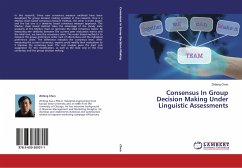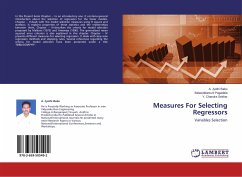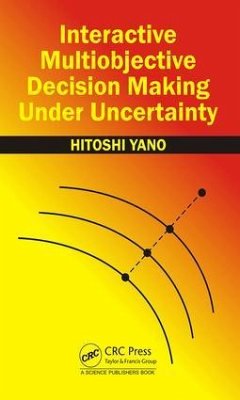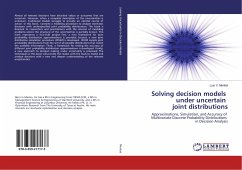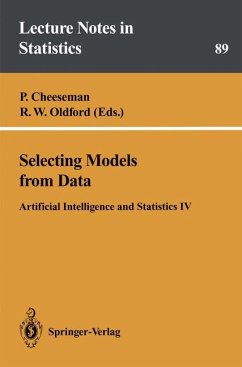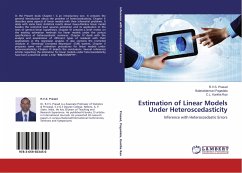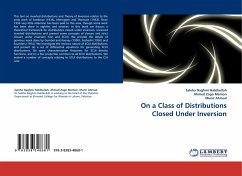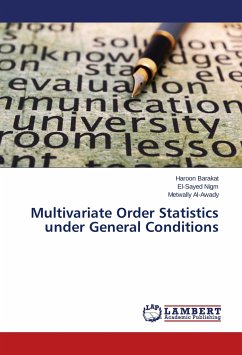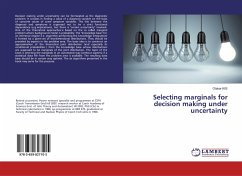
Selecting marginals for decision making under uncertainty
Versandkostenfrei!
Versandfertig in 6-10 Tagen
25,99 €
inkl. MwSt.

PAYBACK Punkte
13 °P sammeln!
Decision making under uncertainty can be formulated as the diagnostic problem. It consists in finding a value of a diagnosis variable on the basis of concrete values of some symptom variables. The link between the diagnosis and symptoms is supposed not to be a strict functional dependence (e.g.implications), but there is "certain uncertainty" involved. One of the theoretical approaches is based on the so called marginal problem where background model is probability. The "knowledge base" for an inference engine (i.e. algorithm performing the knowledge integration) is formed by a given set of le...
Decision making under uncertainty can be formulated as the diagnostic problem. It consists in finding a value of a diagnosis variable on the basis of concrete values of some symptom variables. The link between the diagnosis and symptoms is supposed not to be a strict functional dependence (e.g.implications), but there is "certain uncertainty" involved. One of the theoretical approaches is based on the so called marginal problem where background model is probability. The "knowledge base" for an inference engine (i.e. algorithm performing the knowledge integration) is formed by a given set of less-dimensional distributions. They should be provided by experts in the problem area. The basic idea is to construct an approximation of the theoretical joint distribution (and especially its conditional probabilities ) from the knowledge base whose distributions are supposed to be marginals of the joint distribution. The topic of the book is selecting the marginals in an automated way (without experts) if a statistical data file from the problem area is available. The resulting data base should be in certain way optimal. The six algorithms presented in the book may serve for the purpose.



